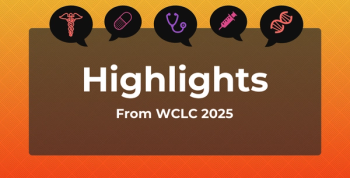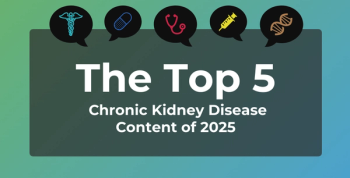
Medicaid Expansion Linked to Fewer Opioid Deaths in Study
The authors calculate that Medicaid expansion saved up to 8100 lives between 2014 and 2016, as the Affordable Care Act (ACA) took full effect.
Fewer people died from heroin or synthetic opioids in places that expanded Medicaid, but these same areas had more deaths from methadone, according to
The authors calculate that Medicaid expansion saved up to 8100 lives between 2014 and 2016, as the Affordable Care Act (ACA) took full effect.
Counties that saw Medicaid expansion by 2017 saw an 11% lower death rate from heroin and a 10% lower death rate involving synthetic opioids, other than methadone, compared with nonexpansion states. Meanwhile, methadone-related overdoses rose 11%, for a net decline of 6% in the total rate of opioid overdose deaths in areas with Medicaid expansion.
Although the ACA passed in 2010, Medicaid expansion did not arrive until 2014, as the opioid epidemic was exploding across the country in communities large and small. Its effects were keenly felt in areas where later research would show links to a loss of
While some states with high uninsured and poverty rates embraced Medicaid expansion—such as Kentucky and Arkansas—many high-poverty states were slower to add coverage for families earning up to 133% of the federal poverty level, as called for under the ACA. Virginia, which has a mix of high-income and low-income areas, did not expand Medicaid until 2019.
Authors led by Nicole Kravitz-Wirtz, PhD, MPH, of the University of California Davis School of Medicine, wrote that “the findings add to the emerging body of evidence that Medicaid expansion under the ACA may be a critical component of state efforts to address the continuing opioid epidemic in the Unites States.”
The authors examined county-level counts of opioid-overdose deaths from 2001 to 2017, suing data from the National Vital Statistics System multiple-cause-of-death files. Data on state Medicaid expansion status were obtained from the Kaiser Family Foundation. A total of 383,091 opioid overdose deaths were recorded during the study period; the overall mortality rate increased from 2.49 deaths per 100,000 people in 2001 to 11.41 per 100,000 in 2017.
The nature of opioid deaths changed over time as well. Overall, overdoses with natural opioids and semisynthetic opioids caused the largest share of deaths (40.9%), followed by heroin (25.3%), synthetic opioids other than methadone (24.0%), and methadone (17.1%). But by 2017, most deaths were due to synthetic opioids besides methadone, especially fentanyl (59.9%).
Support for Medicaid expansion as a way to prevent overdose deaths stems from the availability of coverage for substance abuse treatment that would otherwise be unavailable, the authors state. Even the Trump administration’s embrace of state efforts to impose work requirements on Medicaid recipients—which have been challenged in court—call for exceptions to allow people to pursue substance abuse treatment.
“These findings align with previous research that indicates that implementation of the ACA was associated with 40% decreased odds of being uninsured among persons with heroin use disorders, primarily because of Medicaid expansion, whereas no changes in insurance coverage were detected among persons with prescription [opioid use disorders].”
The authors did not find that Medicaid expansion caused a spike in overdose deaths, which had been suggested in an earlier study.
In fact, the authors calculate that “given the 82,228 opioid-related deaths from 2015 to 2017 in the 32 states that expanded Medicaid between 2014 and 2016, our findings suggest these would have had between 83,906 and 90,360 deaths in the absence of expansion, implying that expansion may have prevented between 1678 and 8132 deaths in these states during those years.”
The rate of methadone-related mortality drew the authors’ attention, despite the relatively low numbers compared with other forms of opioids. The authors do not believe increased access to methadone contributed to the increase; they note that the drug is “disproportionately associated with overdose deaths among individuals in this population,” showing the need for more efforts to address pain treatment at all levels.
Reference
Kravitz-Wirtz N, Davis CS, Ponicki WR, et al. Association of Medicaid expansion with opioid overdose mortality in the United States. JAMA Netw Open 2020:3(1):e1919066. doi:10.1001/jamanetworkopen.2019.19066.
Newsletter
Stay ahead of policy, cost, and value—subscribe to AJMC for expert insights at the intersection of clinical care and health economics.









































